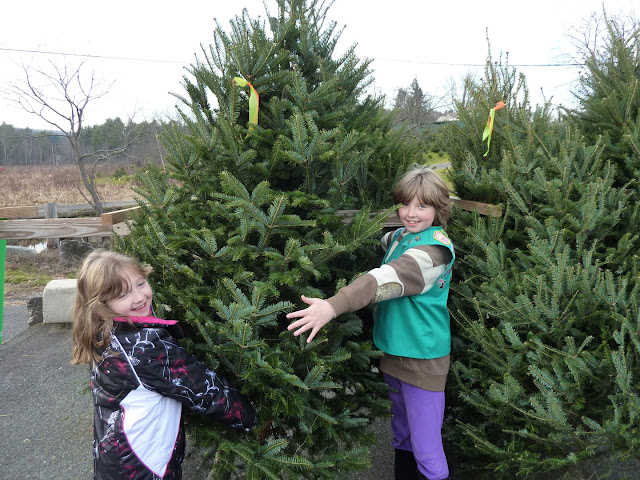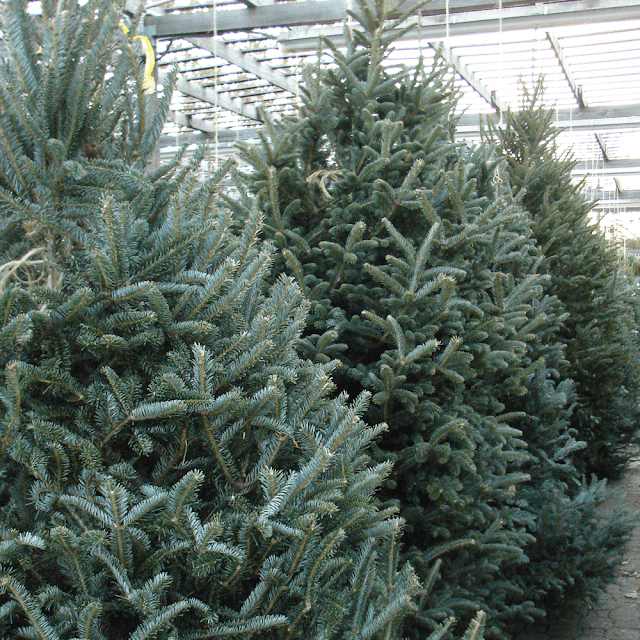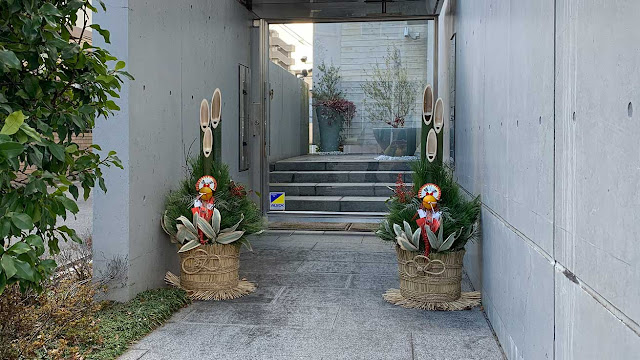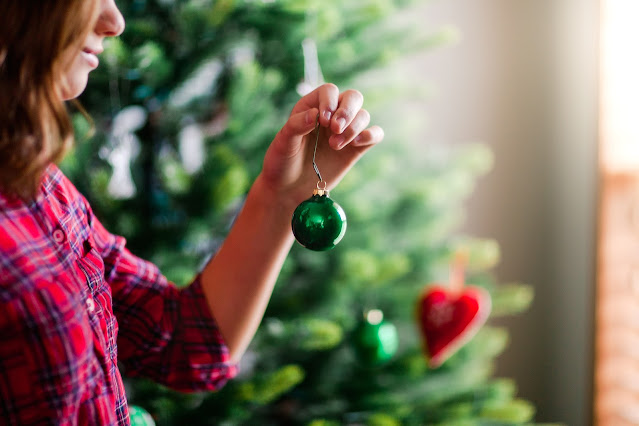My childhood involved Christmas trees. Each December, my parents took my sister and I to a garden-center or nursery to select our annual tree. My family often used my erstwhile experience as a Boy Scout to differentiate the types of conifers. (Conifers are trees that produce pine cones).
Many people think that they are buying pine trees to be their Christmas trees; they are not. Looking at the needles and tree-bark, you'll know what species you have. Most Christmas trees are fir trees, which have flat needles with a pleasant softness.
As a boy, I often chose a Norway spruce tree. It was introduced to Britain in the 16th-century, and then it was imported to North America. It is favored for its sturdiness as Christmas trees. *To see our trip to Norway, please use this link... https://halfwindsorfullthrottle.blogspot.com/2023/08/our-trip-to-oslo-norway-karl-johan.html
As a teenager, I discovered the strength and stateliness of Noble fir trees, and those were my "tree of choice" until I couldn't find them available anymore.
Long before Christianity, European pagans festooned their homes with evergreens to ward off evil and promote abundance during the lean months of winter. Before them, ancient Egyptians used green palms to venerate the Winter Solstice. On the other side of the world, Japanese similarly adorned their entranceways with kadomatsu, to welcome their gods in wintertime.
Pine, plum, and bamboo are the Chinese symbols of resilience during winter.
Ancient Romans observed Saturnalia with boughs of evergreens in their temples and homes. The fierce Scandinavian Vikings did something similar. In the 1920s, Turkey disused its Islamic calendar and joined the tradition with something called a New Year Tree.
The notion of putting entire trees indoors came from Germanic communities, during the Renaissance. When German and Dutch settlers arrived in Pennsylvania (USA) in the 1750s, they brought that ritual… which Americans viewed as an oddity. Americans obstinately continued to snub Christmas trees as anti-Christmas for 100 years...
You can thank the (German) Hanoverian branch of the British Royal Family for introducing Christmas trees to England. The royal trees are globally celebrated.
During the reign of Mad King George III, his German wife, Queen Charlotte, erected a tree at Windsor. Queen Victoria’s Germanic husband, Prince Albert, made the notion more popular and widespread in 1840. Fawning over British royals, Americans finally adopted the custom of Christmas trees, after Prince Albert began using them at Buckingham Palace.
*To see our visit inside Buckingham Palace, please use this link:
https://halfwindsorfullthrottle.blogspot.com/2022/09/our-return-to-london-uk-part-4-of-6.html
*To see our Christmasy experiences in Germany, please use this link:
https://halfwindsorfullthrottle.blogspot.com/2022/11/our-trip-to-berlin-germany-part-1-of-6.html
The British Empire made it a global ritual. That finally convinced Americans to participate. Naturally—in their world of overconsumption—Americans desired their trees to reach from floor to ceiling...
...whereas Europeans keep them modest-sized for convenience.
*Relatedly, Queen Victoria’s wedding dress began the global obsession of brides wearing white gowns. Consequently, a crazed bridal industry emerged… except in places such as Asia, India, Africa, Arabia, and the Caribbean.
Electric illumination for Christmas trees began in 1882, quickly followed by patents for the first artificial—and fire-resistant—Christmas tree, in 1890.
Invented in England in 1927, Bubble Lights were a core part of Christmas tree illumination in America. As a boy, I decorated trees with strands of them. Until a few years ago, Lewis and I had them on our Christmas trees (but now they are harder to purchase). Each Bubble Light’s two-part illumination involves a vial of colored liquid that was heated by a tiny light bulb—in a colored casing—causing the liquid to bubble upward. It is charmingly snazzy.
I also had boxes that cushioned an assortment of “mercury glass” Christmas balls. Back in the 1500s, German Christmas trees were decorated with fruit, but glassblowers devised their own versions. Later, glassblowing used a technique of “silvering”. A mixture of mercury and tin coated the inside of Christmas ornaments… until the proven toxicity of mercury prompted a replacement: silver nitrate. When the mania of silvered balls wore off, their exteriors were painted with colors. Sometimes, colored glass was blown, making translucent globes or icicles. By the turn-of-the-century, ornaments were crafted from everything: wood, resin, crystal, metal, rubber, gutta-percha, Bakelite, strings of popcorn, and even dried macaroni glued to paper.
Nowadays, Lewis and I decorate our tree with ornaments that are souvenirs purchased during our global travels. Others are mementos from childhood or gifts from friends and loved ones. Each of them offers a fond memory. As we view them, we are reminded of how much we changed/improved since we saw them during the previous year. As such, they are lovely benchmarks for our progress as human beings.
Lewis and I hope that whatever festivities occur in your home are joyful and wonderful! Additionally, if you want to see some fancy festivity, please watch this BBC episode: Mary Berry's Country House at Christmas. As the English would say, "it's smashing good fun", and it highlights the satisfaction of volunteerism, historic preservation, and yuletide merriment.









































No comments:
Post a Comment
Don't be shy: leave your comments :)